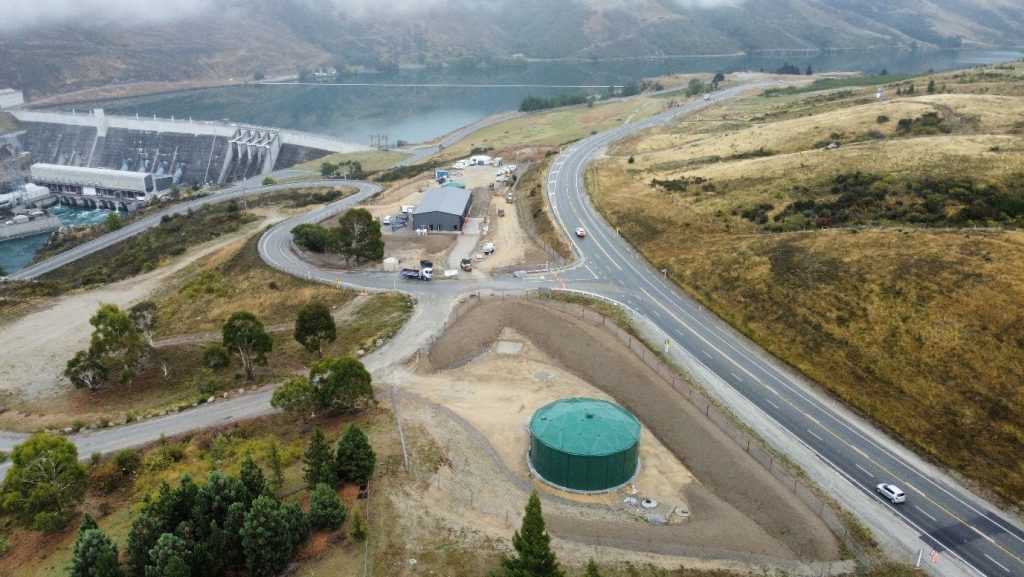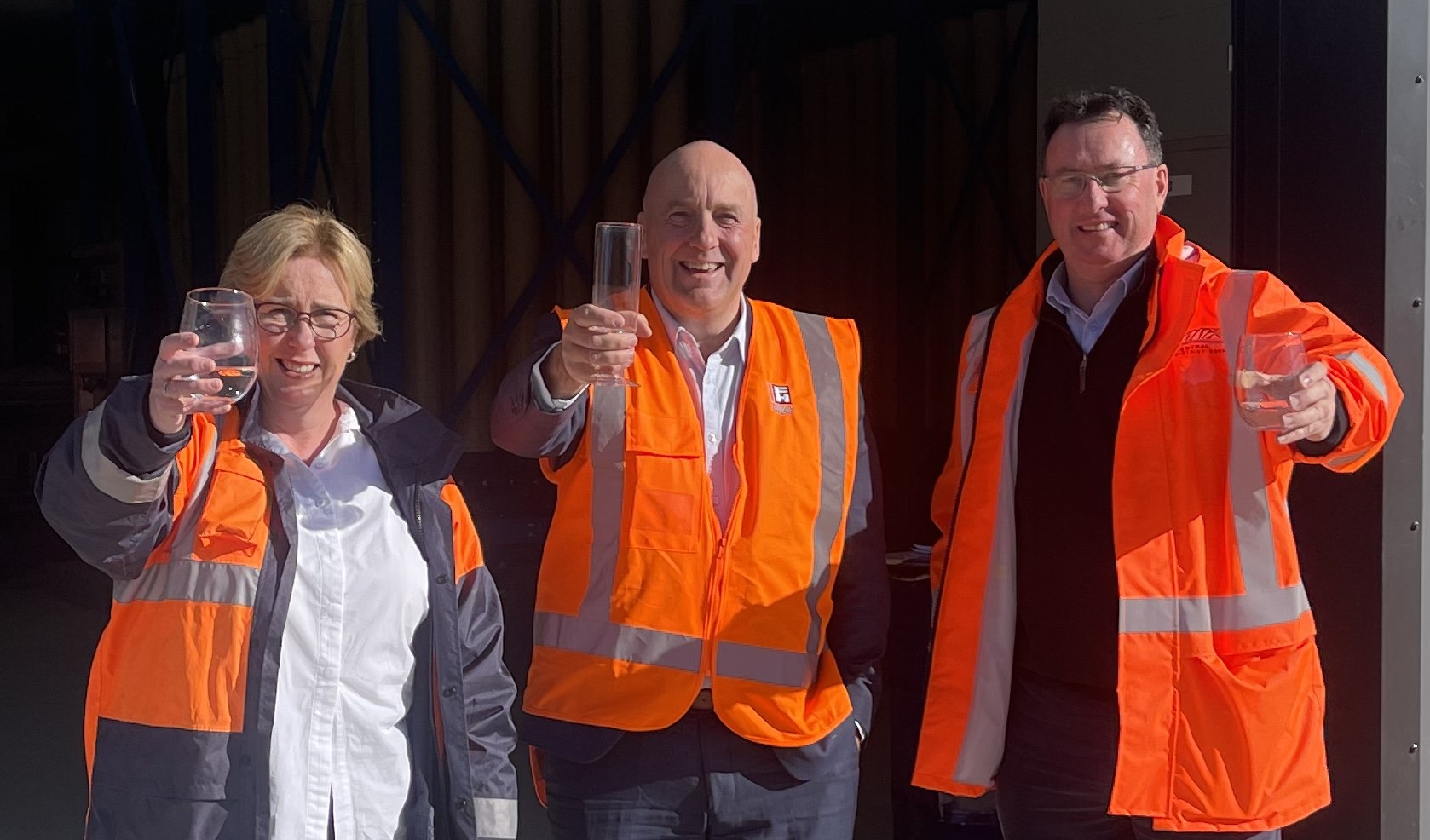‘‘Better than Champagne’’ was Central Otago Mayor Tim Cadogan’s verdict on the water as he sipped his first taste from the upgraded Alexandra and Clyde water supply on Tuesday.
Central Otago District Council (CODC) Three Waters director Julie Muir said safety, resilience and growth were the driving factors in the upgrade.
While the current water supply was safe it, like many others around the country, did not comply with the New Zealand standard, as it was not tested for protozoa.
However, the new plant was fully compliant, would be resilient in the event of adverse events and would allow for the area’s growing population.
The $16.1 million upgrade to Alexandra and Clyde water supplies began in 2018, and included expanding the Clyde bore field and constructing a membrane treatment plant and water storage tanks. A main pipeline between Clyde and Alexandra, completed in 2020, was part of the project.
CODC capital projects programme manager Patrick Keenan said the staff and contractors involved in the project should be very proud.
“Despite some Covid curve› balls, the project came in very close to budget and only a few weeks out from our revised timeline, which is a real testament to the hard work contributed . . .The benefits this project will bring to our community, as we bid farewell to the dreaded limescale, will be felt for generations to come.”
Commissioning manager Tom Marshall, of Marshall Projects, said the treatment plant drew water from bores below it, which was filtered through strainers designed to protect the membranes which were the next stage in treatment.

Six racks of 80 membrane tubes, containing 600 fibres each, filtered the water through 0.1 micron walls. The water was then infused with chlorine gas, Mr Marshall said.
Every 40 minutes the membranes were back›washed. That water was recycled and used to water the planting around the treatment facilities. There was space in the treatment plant for another rack of membrane tubes to be installed if there was increased demand on the water supply.
Parts for the project came from all around the world at a difficult time.
The bore pumps came from Wales, with others from Germany, Ms Muir said. The membranes were from Japan.
Initially the plan was to use cartridges for filtering the water, and they were significantly less expensive.
However, testing showed the cartridges blocked up in three days rather than the three months expected, she said.
Eventually the council engaged help from the University of Otago to try to find out what was causing the blockages.
It was found to be a combination of lindavia weed from Lake Wanaka coming down the Clutha River and mixing with sediment coming from the Shotover River down the Kawarau River. It was binding and making a paste that stuck to the cartridges.
It was back to the drawing board to design a system that could cope with that, Ms Muir said.
Mr Keenan said they put different plants down by the lake where the water isfrom and tested them for about a year.
Ms Muir said that was part of the reason the project had taken so long.
‘‘We’re pretty proud of it. It’s been a major effort,’’ she said.
The system was constantly monitored, and that information was accessible via computers at the council. However, the plant would operate using its own generators if there was an extended power failure, and it did not require internet connection to function.
A blessing ceremony by local iwi would take centre stage at an official opening event on June 22..
The water services team would show the public around the treatment plant in September, Mr Keenan said.





